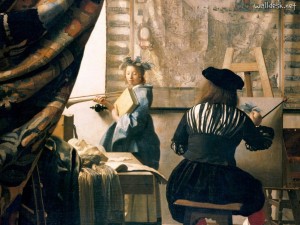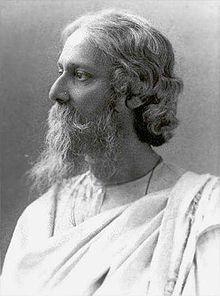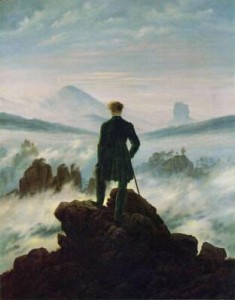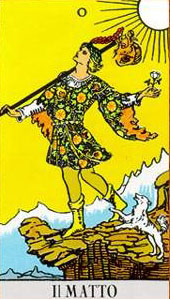8 aprile 2014
La tradizione musicale siriana si caratterizza, come in generale quella dei paesi arabi limitrofi (Egitto, Libano e Iraq)e nella mezzaluna propriamente detta, per l’importanza conferita all’improvvisazione. La sua forma principale è il taqsim, preludio estemporaneo per uno strumento solista, in ritmo libero. Il suo equivalente vocale è il layali, un vocalizzo sulle parole «yālayl, ya ’aynī» («oh notte, oh miei occhi»).
Gli strumenti piū diffusi sono lo ud, o liuto arabo (importato poi in Italia nel 1400 e diede un contributo fondamentale per la musica rinascimentale).
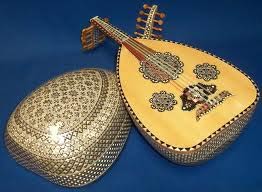
Oud — prelevato da QUI
Il qanun, una sorta di cetra trapezoidaleo o kanun, è uno strumento cordofono a 78 corde della tradizione classica araba. Consiste in una cetra trapezoidale, con numerosi cori di corde tesi su un piano armonico di pergamena. La lunghezza delle corde può essere modificata prima dell’esecuzione agendo su piccoli capotasti metallici, cambiando così accordatura in funzione della scala prescelta. Le corde vengono pizzicate tramite due grossi plettri di corno.
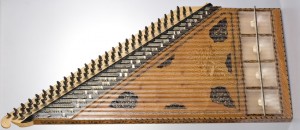
Qanun – prelevato da QUI
Il qanun ha nella didattica musicale araba, greca e turca la stessa funzione che il monocordo ha rivestito in quella medioevale occidentale, di strumento pratico per l’apprendimento degli intervalli. Venne introdotto in occidente nel medioevo, con il nome di cannone.
Il nay, un flauto dritto (risale a 5000 anni fa: ne sono stati reperiti alcuni nell’antica città di Ur). Il ney (parola di origine iraniana) è un flauto di canna composta da 9 nodi e i suoi fori seguono rigide regole matematiche, utili per l’esecuzione dei diversi maqam (che in arabo significa luogo o posizione ).
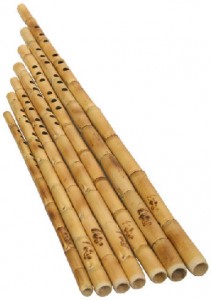
Nay – prelevato da QUI
Ogni maqam descrive il “fattore tonale-spaziale” o insieme di note musicali, compresi i modelli e lo sviluppo della melodia tradizionale, lasciando libera la “componente ritmico-temporale”, perché è aperto alla sensibilità di ognuno, anche dagli Andalusi dell’estremo occidente.
Dai millenari scambi tra Magreb (Marocco, Algeria, Tunisia;) e Makresh (Libia, Egitto, e Medioeriente) gli strumenti musicali si sono fusi, modificati e rigenerati, anche attraverso l’impero Romano e le Repubbliche Marinare, fino agli imperi dei giorni nostri.
E tutto passa ancora oggi in Siria, sotto il rumore delle bombe, nel paese dalle numerose vocalità, etnie e richiami sonori per tutta l’EuroAsia.
Siamo circondati da queste improvvisazioni millenarie, dove il Sole e la Luna giocano a nascondino in questa felice mezzaluna che abita nel Mediterraneo.
E una armoniosa commistione appare nella moderna chitarra siriana e in quella andalusa…. E nel cuore di chi le suona.
Per ascoltare la chitarra siriana e andalusa premere QUI
